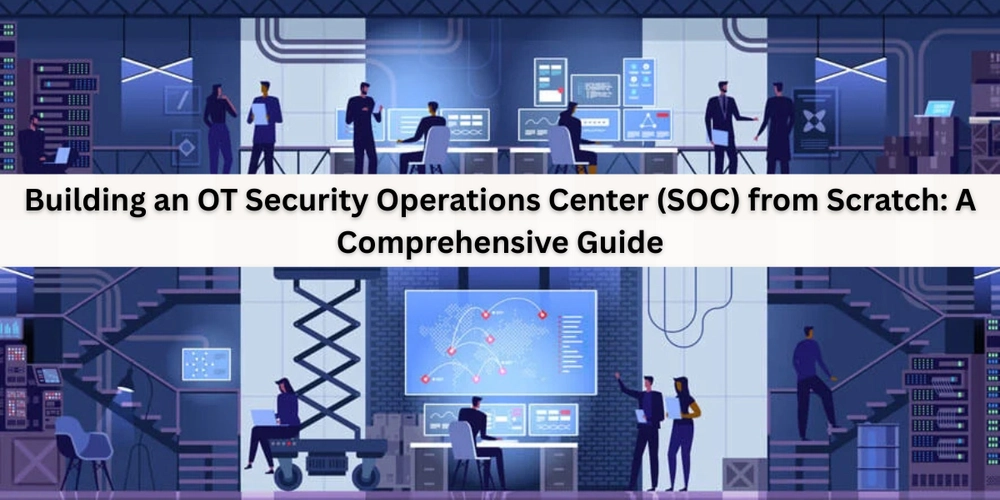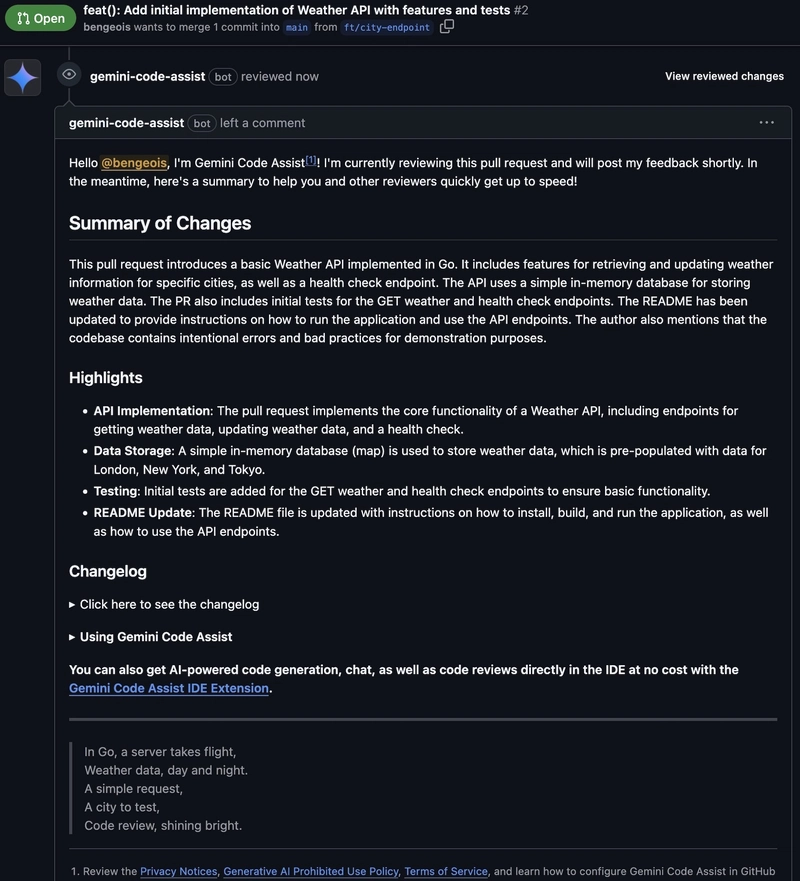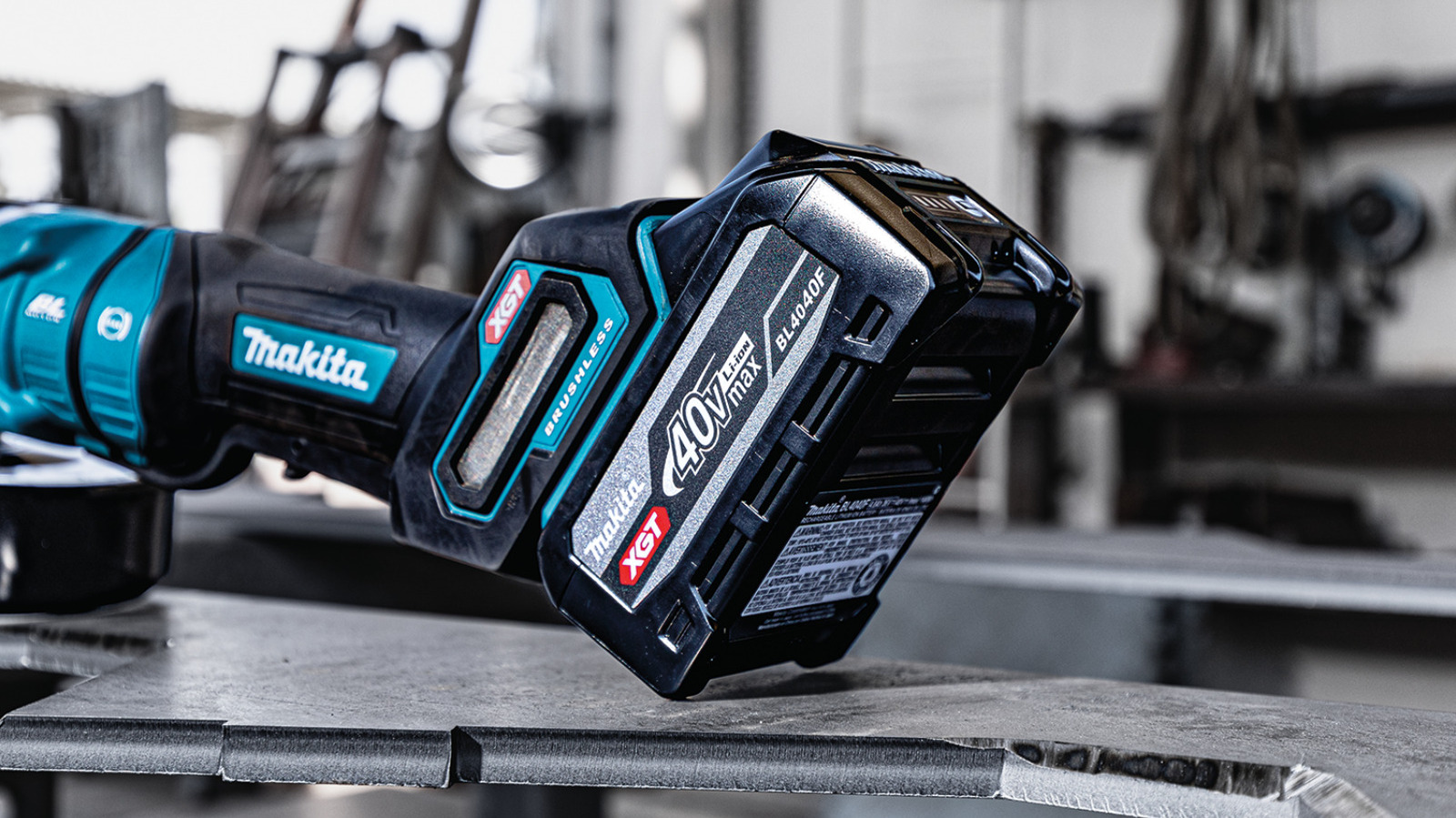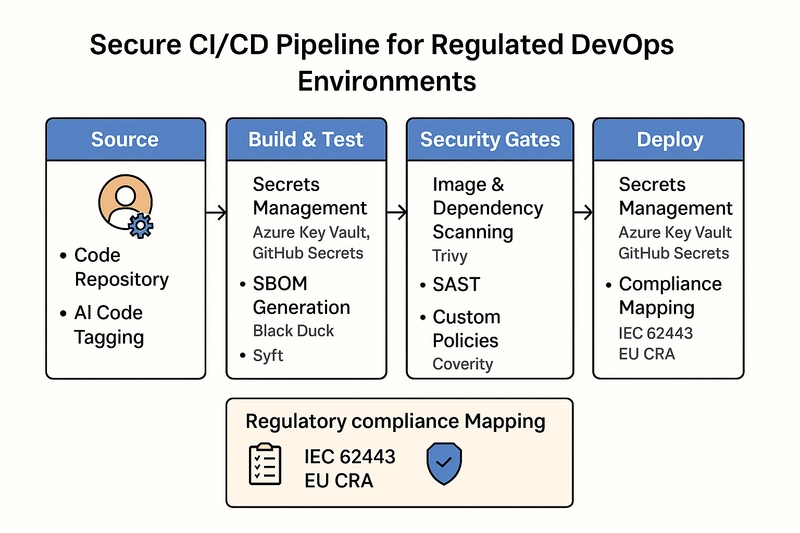What Are IoT Vulnerabilities?
What Is the Internet of Things (IoT)? The Internet of Things (IoT) refers to the network of physical devices embedded with sensors, software, and other technologies to connect and exchange data with other devices and systems over the internet. These devices range from everyday household items to industrial tools. The key characteristic of IoT is its connectivity, enabling objects to collect and share data. IoT impacts various sectors, including smart homes, healthcare, agriculture, and manufacturing. Each IoT device generates a substantial amount of data, which can be analyzed to reveal insights, optimize operations, and create new business models. However, the rapid expansion of IoT also brings significant security challenges that need to be addressed to protect users and infrastructure. The Impact of IoT Vulnerabilities Let’s understand the impact of IoT vulnerabilities on your organization. Data Breaches and Privacy Violations IoT devices often collect and transmit large volumes of personal and sensitive information. When these devices are compromised, attackers can gain access to data such as health metrics, location, voice recordings, or video feeds. Unauthorized access to this data leads to significant privacy violations and can enable identity theft, surveillance, or profiling. Breaches can occur through poorly secured communication channels, inadequate authentication, or insufficient data encryption. Once stolen, this data may be sold on dark web markets or used for further attacks. Addressing these risks requires strict data protection policies, secure device design, and adherence to privacy regulations. Compromise of Device Integrity When IoT devices are compromised, their integrity can no longer be trusted. Attackers may alter device behavior, inject malicious code, or manipulate sensor outputs. This can have serious consequences, especially in critical applications like healthcare, transportation, or industrial automation. A compromised device may become part of a botnet or be used to launch further attacks within a network. Ensuring device integrity involves regular software verification, secure boot processes, and intrusion detection mechanisms. Network Exploitation IoT devices often serve as entry points into broader networks. Once a device is exploited, attackers can move laterally within the network to access other connected systems or assets. This form of exploitation can be used to exfiltrate data, install persistent malware, or take control of critical infrastructure. Network exploitation is exacerbated by the lack of segmentation between IoT and other IT systems. To reduce risk, network architectures should isolate IoT traffic, monitor for anomalies, and enforce strict firewall and routing rules. Common IoT Vulnerabilities Insecure Default Passwords and Settings Insecure default passwords and settings present a prevalent IoT vulnerability. Many devices come with factory default credentials that are weak, such as "admin" or "password." These passwords are often left unchanged by users, providing easy access points for attackers. Cybercriminals exploit these well-known default credentials to gain unauthorized access and control over IoT devices, compromising systems and data. Default settings may also include open ports or unsecured network configurations, increasing the risk of exploitation. Users may not realize the need to modify these defaults upon installation. Educating users on changing passwords and securing settings is crucial for preventing unauthorized access. Outdated Firmware and Software Components Many devices do not receive regular updates or patches, leaving vulnerabilities unaddressed. Cybercriminals exploit these weaknesses by identifying and targeting known vulnerabilities in outdated systems, leading to unauthorized access and data breaches. Maintaining up-to-date firmware is essential to protect against evolving cybersecurity threats. Complicating the issue is the fragmented nature of IoT ecosystems, where diverse devices use multiple operating systems and components. This diversity makes coordinating updates challenging, especially as many devices lack mechanisms for automatic updates. Users and manufacturers need to establish systematic update procedures to ensure that IoT devices remain secure against identified vulnerabilities. Unprotected Data Storage and Transfer Many devices lack adequate encryption for stored and transmitted data, making them susceptible to interception and unauthorized access. When data is not properly encrypted, cyber attackers can easily exploit it, violating privacy and security protocols. Addressing this issue requires implementing end-to-end encryption for data transfer and secure storage solutions. This prevents unauthorized entities from accessing sensitive information. Ensuring that cryptographic protocols and encryption s

What Is the Internet of Things (IoT)?
The Internet of Things (IoT) refers to the network of physical devices embedded with sensors, software, and other technologies to connect and exchange data with other devices and systems over the internet. These devices range from everyday household items to industrial tools. The key characteristic of IoT is its connectivity, enabling objects to collect and share data.
IoT impacts various sectors, including smart homes, healthcare, agriculture, and manufacturing. Each IoT device generates a substantial amount of data, which can be analyzed to reveal insights, optimize operations, and create new business models. However, the rapid expansion of IoT also brings significant security challenges that need to be addressed to protect users and infrastructure.
The Impact of IoT Vulnerabilities
Let’s understand the impact of IoT vulnerabilities on your organization.
Data Breaches and Privacy Violations
IoT devices often collect and transmit large volumes of personal and sensitive information. When these devices are compromised, attackers can gain access to data such as health metrics, location, voice recordings, or video feeds. Unauthorized access to this data leads to significant privacy violations and can enable identity theft, surveillance, or profiling.
Breaches can occur through poorly secured communication channels, inadequate authentication, or insufficient data encryption. Once stolen, this data may be sold on dark web markets or used for further attacks. Addressing these risks requires strict data protection policies, secure device design, and adherence to privacy regulations.
Compromise of Device Integrity
When IoT devices are compromised, their integrity can no longer be trusted. Attackers may alter device behavior, inject malicious code, or manipulate sensor outputs. This can have serious consequences, especially in critical applications like healthcare, transportation, or industrial automation.
A compromised device may become part of a botnet or be used to launch further attacks within a network. Ensuring device integrity involves regular software verification, secure boot processes, and intrusion detection mechanisms.
Network Exploitation
IoT devices often serve as entry points into broader networks. Once a device is exploited, attackers can move laterally within the network to access other connected systems or assets. This form of exploitation can be used to exfiltrate data, install persistent malware, or take control of critical infrastructure.
Network exploitation is exacerbated by the lack of segmentation between IoT and other IT systems. To reduce risk, network architectures should isolate IoT traffic, monitor for anomalies, and enforce strict firewall and routing rules.
Common IoT Vulnerabilities
Insecure Default Passwords and Settings
Insecure default passwords and settings present a prevalent IoT vulnerability. Many devices come with factory default credentials that are weak, such as "admin" or "password." These passwords are often left unchanged by users, providing easy access points for attackers. Cybercriminals exploit these well-known default credentials to gain unauthorized access and control over IoT devices, compromising systems and data.
Default settings may also include open ports or unsecured network configurations, increasing the risk of exploitation. Users may not realize the need to modify these defaults upon installation. Educating users on changing passwords and securing settings is crucial for preventing unauthorized access.
Outdated Firmware and Software Components
Many devices do not receive regular updates or patches, leaving vulnerabilities unaddressed. Cybercriminals exploit these weaknesses by identifying and targeting known vulnerabilities in outdated systems, leading to unauthorized access and data breaches. Maintaining up-to-date firmware is essential to protect against evolving cybersecurity threats.
Complicating the issue is the fragmented nature of IoT ecosystems, where diverse devices use multiple operating systems and components. This diversity makes coordinating updates challenging, especially as many devices lack mechanisms for automatic updates. Users and manufacturers need to establish systematic update procedures to ensure that IoT devices remain secure against identified vulnerabilities.
Unprotected Data Storage and Transfer
Many devices lack adequate encryption for stored and transmitted data, making them susceptible to interception and unauthorized access. When data is not properly encrypted, cyber attackers can easily exploit it, violating privacy and security protocols.
Addressing this issue requires implementing end-to-end encryption for data transfer and secure storage solutions. This prevents unauthorized entities from accessing sensitive information. Ensuring that cryptographic protocols and encryption standards are robust helps protect data across all IoT devices.
Insufficient Physical Security Measures
Insufficient physical security measures increase the vulnerability of IoT devices. Physical access to a device can lead to tampering, duplication of components, or even complete replacement of secure elements. Devices deployed in public or less secure areas are particularly at risk.
To mitigate these risks, implementing strong physical security measures is vital. Devices should be housed in tamper-resistant enclosures, and sensors or alarms should be used to detect unauthorized access. Proper installation techniques and securing locations also significantly contribute to the resilience of IoT systems against physical threats.
Inadequate Access Controls
Inadequate access controls represent a significant vulnerability in IoT ecosystems. Weak or poorly configured access controls make it easier for unauthorized users to gain access to IoT devices and networks. This can lead to unintended control over devices or compromise sensitive data. Implementing access controls, including multi-factor authentication and role-based access control, is critical for securing IoT deployments.
Access control systems should be regularly reviewed and adjusted to ensure appropriate levels of security. Failure to upgrade access control mechanisms or respond to changes in the threat environment can leave vulnerabilities exposed. Both device manufacturers and users need to collaborate to ensure access control measures are actively applied across IoT devices.
5 Best Practices for Hardening IoT Deployments
Organizations can improve their IoT security by implementing the following practices.
1. Regular Firmware Patching and Updates
Regular firmware patching and updates are essential for maintaining IoT device security. Keeping firmware up-to-date addresses existing vulnerabilities and exploits, significantly reducing the attack surface. As new threats emerge, manufacturers release patches to improve device security. Implementing a systematic update process ensures vulnerabilities are promptly fixed.
Automated update mechanisms can aid in deploying timely patches without user intervention, improving overall security. However, manual processes may still be required for critical systems needing scheduled downtime. Establishing a patching strategy minimizes risks associated with outdated firmware.
2. Strong Authentication and Password Management
Strong authentication and password management protect IoT devices from unauthorized access. Implementing multi-factor authentication (MFA) and using complex, unique passwords strengthen access controls. These measures ensure that only authorized users can gain access, thereby reducing opportunities for cyber attacks. Employing password managers and regular updates improves security posture by managing and securing credentials effectively.
User education on creating and maintaining strong passwords, along with manufacturer guidance on secure configuration, is critical. Failure to implement strong authentication defenses can leave IoT systems exposed to unauthorized access and exploitation.
3. Encryption of Data in Transit and at Rest
Encrypting data in transit and at rest is crucial for protecting IoT data against unauthorized access. Encryption ensures that data is unreadable to anyone without the necessary decryption keys. Strong encryption protocols, such as AES and TLS, should be used to maintain confidentiality and integrity across all data transmission and storage stages.
Implementing comprehensive encryption strategies prevents data leaks and ensures compliance with data protection regulations. It provides end-to-end protection for data when it is intercepted. Organizations must ensure that encryption is consistently applied across all IoT devices and communications.
4. Segregation of Critical Systems
Segregation of critical systems is a key strategy for improving IoT security. By isolating crucial systems from non-critical segments, organizations can control access and minimize the potential impact of a breach. Network segregation reduces the risk of vulnerabilities affecting entire systems.
Designing networks with logical segmentation effectively limits the spread of damage during cyber incidents. It enables tailored security policies for each segment, ensuring all needs are addressed. Organizations should employ this technique to protect vital components and maintain operational integrity.
5. Continuous Monitoring and Incident Response
Continuous monitoring and incident response are critical for effective IoT security management. Real-time monitoring allows organizations to detect anomalies or potential threats promptly. Incident response protocols ensure organizations can quickly address and mitigate security incidents.
Maintaining a dedicated incident response team to handle threats as they arise is vital to prevent extended disruptions. Continuous analysis of security feeds provides insight into the evolving threat landscape. This proactive approach ensures organizations remain vigilant and ready to respond to incidents.
































































































































































![[The AI Show Episode 143]: ChatGPT Revenue Surge, New AGI Timelines, Amazon’s AI Agent, Claude for Education, Model Context Protocol & LLMs Pass the Turing Test](https://www.marketingaiinstitute.com/hubfs/ep%20143%20cover.png)
































































































































![[DEALS] Koofr Cloud Storage: Lifetime Subscription (1TB) (80% off) & Other Deals Up To 98% Off – Offers End Soon!](https://www.javacodegeeks.com/wp-content/uploads/2012/12/jcg-logo.jpg)
















































































































-RTAガチ勢がSwitch2体験会でゼルダのラスボスを撃破して世界初のEDを流してしまう...【ゼルダの伝説ブレスオブザワイルドSwitch2-Edition】-00-06-05.png?width=1920&height=1920&fit=bounds&quality=70&format=jpg&auto=webp#)























_roibu_Alamy.jpg?width=1280&auto=webp&quality=80&disable=upscale#)











































































































![M4 MacBook Air Drops to Just $849 - Act Fast! [Lowest Price Ever]](https://www.iclarified.com/images/news/97140/97140/97140-640.jpg)
![Apple Smart Glasses Not Close to Being Ready as Meta Targets 2025 [Gurman]](https://www.iclarified.com/images/news/97139/97139/97139-640.jpg)
![iPadOS 19 May Introduce Menu Bar, iOS 19 to Support External Displays [Rumor]](https://www.iclarified.com/images/news/97137/97137/97137-640.jpg)








































































































